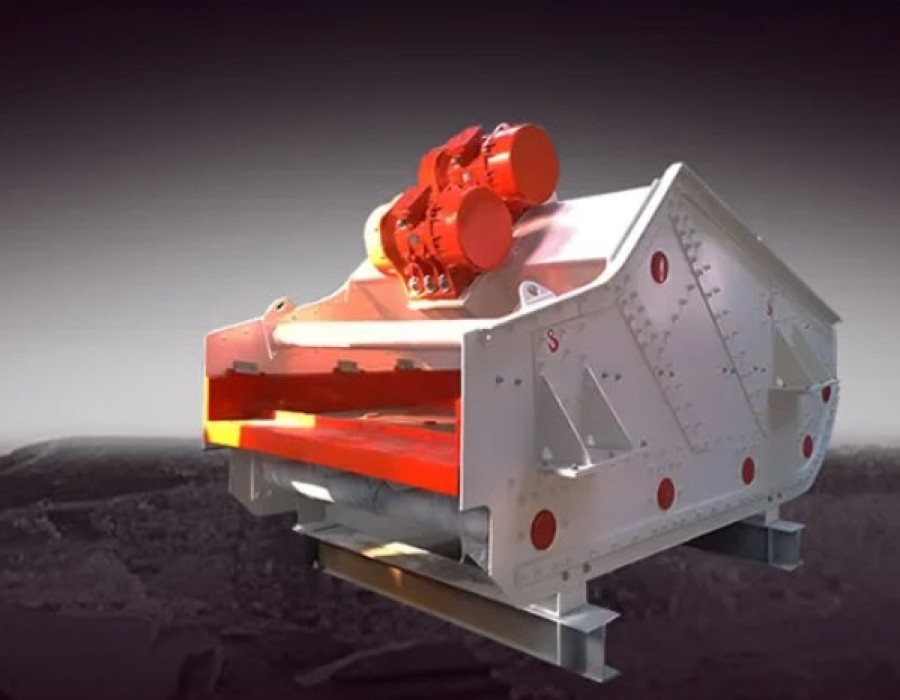A Quarry Vibrating Screen is an essential component in the mining and aggregate industries. It plays a critical role in separating different-sized materials, ensuring accurate grading and boosting overall plant efficiency. However, like any mechanical system, vibrating screens are subject to wear, tear, and technical issues that can disrupt operations. Understanding these common problems and how to fix them is key to maintaining optimal performance and extending equipment life.
1. Screen Blinding and Clogging
One of the most frequent issues with vibrating screens is blinding—when fine particles clog the screen mesh and block material flow. This usually occurs with sticky or damp materials, reducing screening efficiency and increasing maintenance time.
Fix:
● Use anti-blinding devices such as ball trays or ultrasonic screen cleaners. Installing self-cleaning screen panels can also prevent material build-up and keep production running smoothly.
2. Excessive Vibration or Imbalance
Over time, wear and tear on motors or unbalanced screen decks can lead to excessive vibration. This not only compromises the screening process but can also damage the machine and surrounding structures.
Fix:
● Perform regular inspections to ensure counterweights are correctly aligned and bolts are tightened. Replace worn bearings or motor components as needed. Proper balancing of the screen deck can restore stability and extend equipment life.
3. Poor Material Flow or Throughput
If the screen isn't properly inclined or the feed is uneven, material flow can become restricted. This reduces throughput and compromises product quality.
Fix:
● Adjust the angle of inclination to promote better material movement. Ensure the feed is evenly distributed across the screen using feed deflectors or leveling devices. Consistent feed flow improves both capacity and screening accuracy.
4. Torn or Worn-Out Screen Media
Screen panels experience constant wear due to abrasive materials. Over time, this leads to holes, tears, or complete failure, causing contaminated material outputs.
Fix:
● Use wear-resistant screen media such as polyurethane or rubber. Set up a regular replacement schedule based on the type of material being processed. Quick-change screen systems can also reduce downtime during maintenance.
5. Loose or Noisy Components
Unusual noises or vibrations may indicate loose bolts, cracked welds, or misaligned parts. Ignoring these signs can result in severe mechanical failures.
Fix:
● Implement a proactive maintenance schedule to check for and tighten loose components. Use lock washers or thread-locking compounds to secure bolts. Inspect for any structural damage and make repairs immediately.
Final Thoughts
Maintaining a Quarry Vibrating Screen involves a balance of routine inspections, timely repairs, and upgrades tailored to your specific processing needs. Addressing common problems before they escalate minimizes downtime, enhances performance, and ensures long-term reliability.
At TSX Screen, innovative solutions and durable designs are at the core of every Quarry Vibrating Screen they offer—providing reliable performance even in the most demanding quarry environments.





Comments